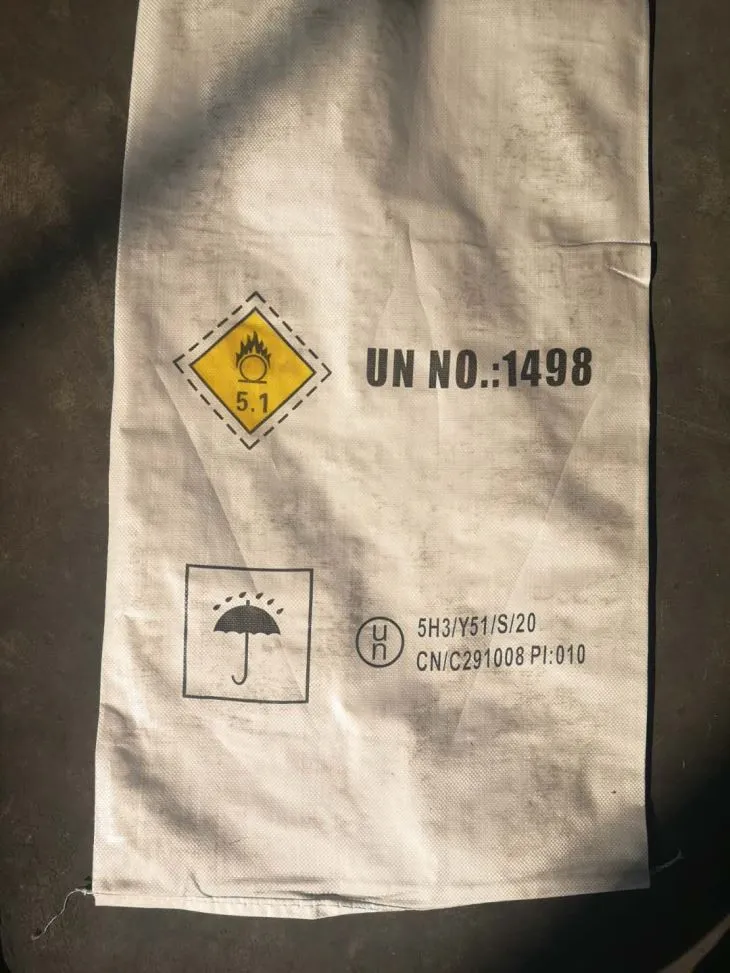



how much sodium bisulfate to lower alkalinity
Understanding How Much Sodium Bisulfate to Use for Lowering Alkalinity
When managing water chemistry in pools, spas, or aquariums, maintaining the proper balance of alkalinity is crucial. Alkalinity acts as a buffer for pH levels, stabilizing the water and preventing rapid fluctuations. However, if alkalinity levels rise too high, problems can ensue, including difficulty in adjusting pH levels and possible water cloudiness. One common solution for lowering alkalinity is the use of sodium bisulfate, also known as dry acid. This article will explore how much sodium bisulfate you need to effectively lower alkalinity.
Understanding Alkalinity
Total alkalinity is a measure of the water's ability to resist changes in pH. Ideal alkalinity levels for swimming pools typically range from 80 to 120 parts per million (ppm). When levels exceed this range, not only can it lead to scaling and cloudy water, but it can also render pH adjustment products less effective. Therefore, it’s important to monitor alkalinity regularly, especially if you notice changes in water quality.
The Role of Sodium Bisulfate
Sodium bisulfate is an effective acid used to reduce alkalinity and lower pH levels in water. It works by reacting with bicarbonate in the water, which in turn decreases the alkalinity. This compound is often favored over liquid acids because it is easier to handle, store, and measure.
Calculating the Correct Dosage
The amount of sodium bisulfate required to lower alkalinity depends on the volume of water and the current level of alkalinity. A general rule of thumb is that to reduce alkalinity by approximately 10 ppm in 10,000 gallons of water, you will need about 1.5 pounds (or approximately 24 ounces) of sodium bisulfate.
how much sodium bisulfate to lower alkalinity

Here’s a simple formula to help you calculate the necessary dosage
1. Determine Your Current Alkalinity Level Use a test kit to find out your current alkalinity in ppm. 2. Identify Your Desired Alkalinity Level Decide your target level, typically between 80-120 ppm. 3. Calculate the Difference Subtract your desired alkalinity from your current alkalinity. 4. Use the Dosage Rule Multiply the difference by the appropriate dosage rate. For example, if you wish to lower the alkalinity by 20 ppm, you will need approximately 3 pounds (48 ounces) of sodium bisulfate for 10,000 gallons.
Application Tips
When applying sodium bisulfate, sprinkle it evenly across the surface of the water. Allow the water to circulate for several hours and then retest the alkalinity. This ensures that you can accurately gauge the effectiveness of the dosage and make further adjustments if necessary.
Safety Precautions
As with any chemical, it is essential to handle sodium bisulfate with care. Always wear gloves and goggles when dealing with the product, and ensure proper ventilation if using indoors.
Conclusion
Lowering alkalinity with sodium bisulfate can be a straightforward process when approached with the right information. By accurately determining the current and desired alkalinity levels and calculating the appropriate dosage, you can effectively manage your water chemistry. Regular monitoring and adjustments will lead to maintaining a balanced and healthy water environment, whether for a pool, spa, or aquarium.
-
Why Sodium Persulfate Is Everywhere NowNewsJul.07,2025
-
Why Polyacrylamide Is in High DemandNewsJul.07,2025
-
Understanding Paint Chemicals and Their ApplicationsNewsJul.07,2025
-
Smart Use Of Mining ChemicalsNewsJul.07,2025
-
Practical Uses of Potassium MonopersulfateNewsJul.07,2025
-
Agrochemicals In Real FarmingNewsJul.07,2025
-
Sodium Chlorite Hot UsesNewsJul.01,2025










